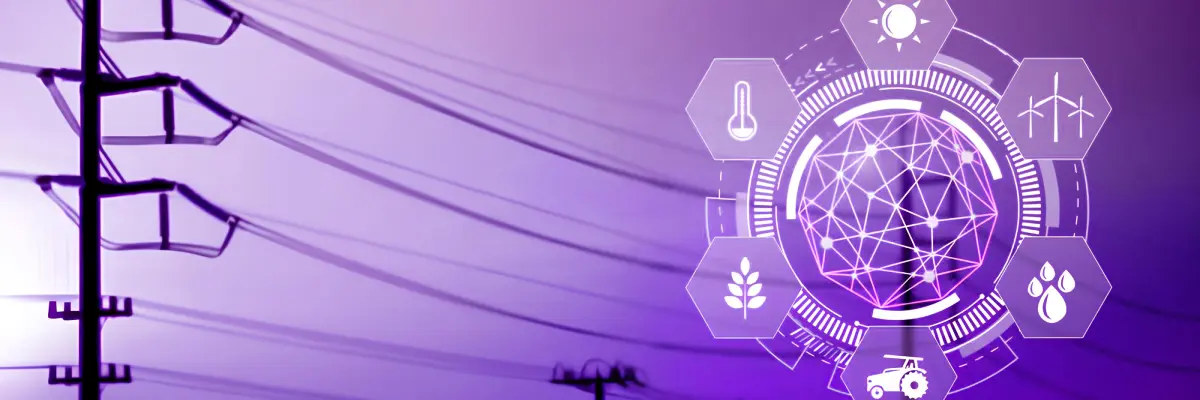Electric utilities have been organized over the past century to be robust, reliable, and cost-effective electricity suppliers to residential, business, and industrial consumers. Since electric power charges modern civilization, building a robust system with large power generators (thermal, hydel, and nuclear) was imperative. Utilizing long transmission lines brings power to cities and is distributed to consumers over a distribution network. Before, power organizations included generating plants, transmission lines, and distribution utilities. The integrated model was split into separate entities to facilitate a growing population, develop focused operational units, and increase competitive business models. This resulted in electricity deregulation that accelerated worldwide towards the last 20 years of the 20th century.
Despite the robust electrical networks with interlocking systems, power utilities in advanced countries faced major outages – never before seen or expected. The Northeastern Blackout of 2003 in the US and Canada is a prime example affecting 60 million people across eight states for almost 48 hours. These outages have become more frequent over the past 20 years, with increasingly alarming climate changes. The 2021 Texas Power Crisis is the most recent, with an unprecedented cold climate for two weeks in February requiring electric heating (which typically warmer Texas is unprepared for). In 2012 in India, 620 million people in northern India were affected. Additionally, more frequently than ever, tornadoes, floods, hurricanes, and severe winter and snowstorms impact utilities worldwide.
Firstly, with the rise of affordable renewables and storage, most customers can depend on local power generated – on-premise (rooftop, facade, parking lots, garden, or free area) or in the neighbourhood. Energy transition to Renewables and DER (distributed energy resources), combined with storage and energy efficiency, facilitate new smart and intelligent microgrids that can fulfil a significant percentage of local demand, as well as participate in required dynamic energy markets for the neighbourhood or utility. A future Utility will be a network of smart microgrids with increasingly less load on long transmission lines, with bidirectional distribution ks.
Secondly, the traditional monitoring and automation elements in transmission and distributions networks need to be revisited for newly improved intelligent systems and distributed architectures using 5G, IoT, SaaS, and AI that adapt to network variations due to increased infusion of renewables (with variable generation cycles) and any contingencies due to climate-induced disruptions.
The question arises with the given scenario how do we upgrade the massive electric network that fuelled the growth over the past century, across vast tracks of physical geography, to this modern, intelligent, and resilient network – connecting market-driven microgrids?
Utilities and grid operators can digitize and improve grid resiliency, customer satisfaction, billing, operational efficiency, and revenues with the CES NeoSilica Digital Utility System. Our Digital Utility System has Smart Grid Meter Data Management, MDAS, Head End System, Consumer & Utility portals, and Edge systems for Loss Monitoring and Energy Management across Substations and Feeders. This can be expandable for renewable, storage, Demand Response, and EV integration.
To understand more, connect with us @sales@cesneosilica.com

